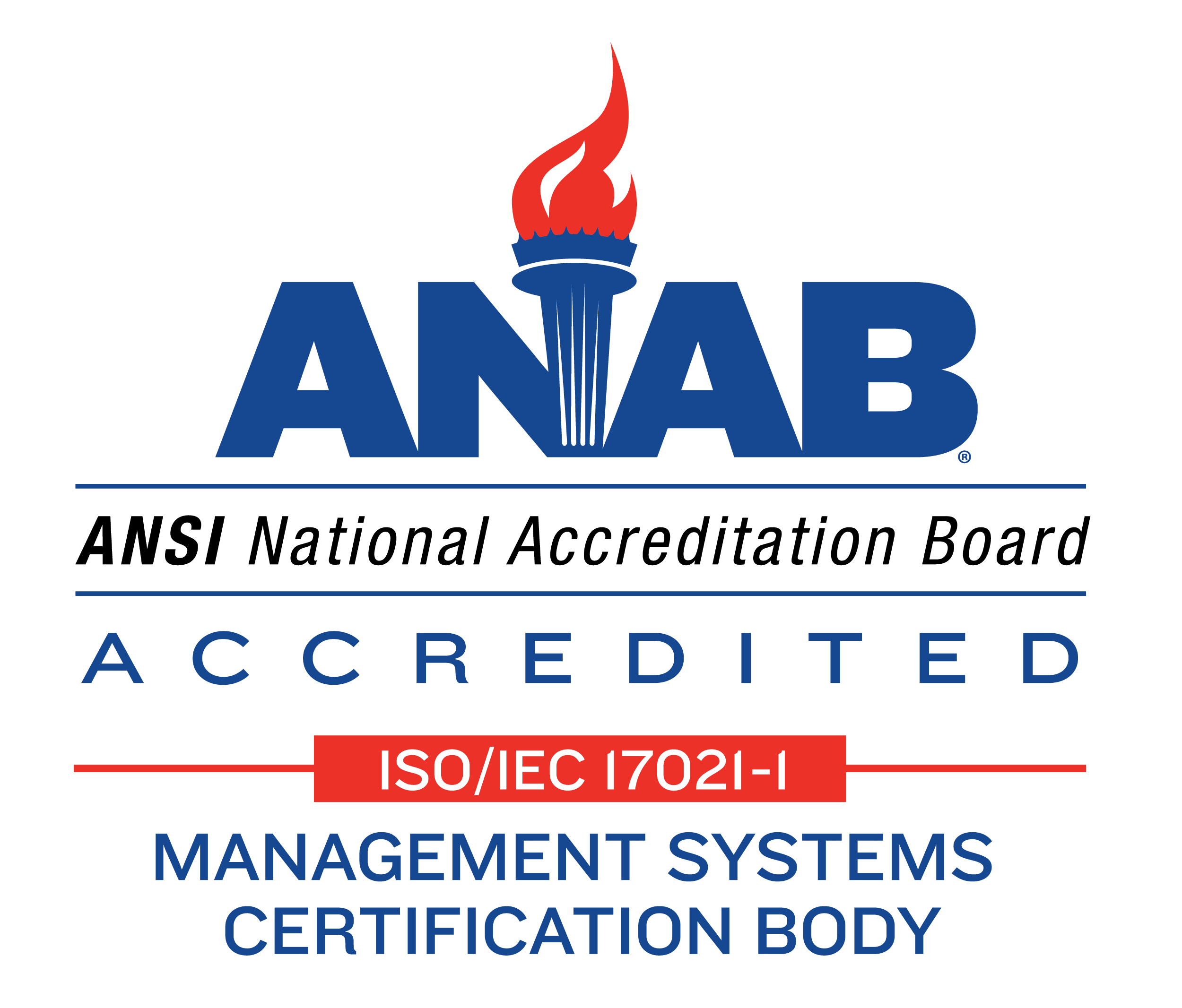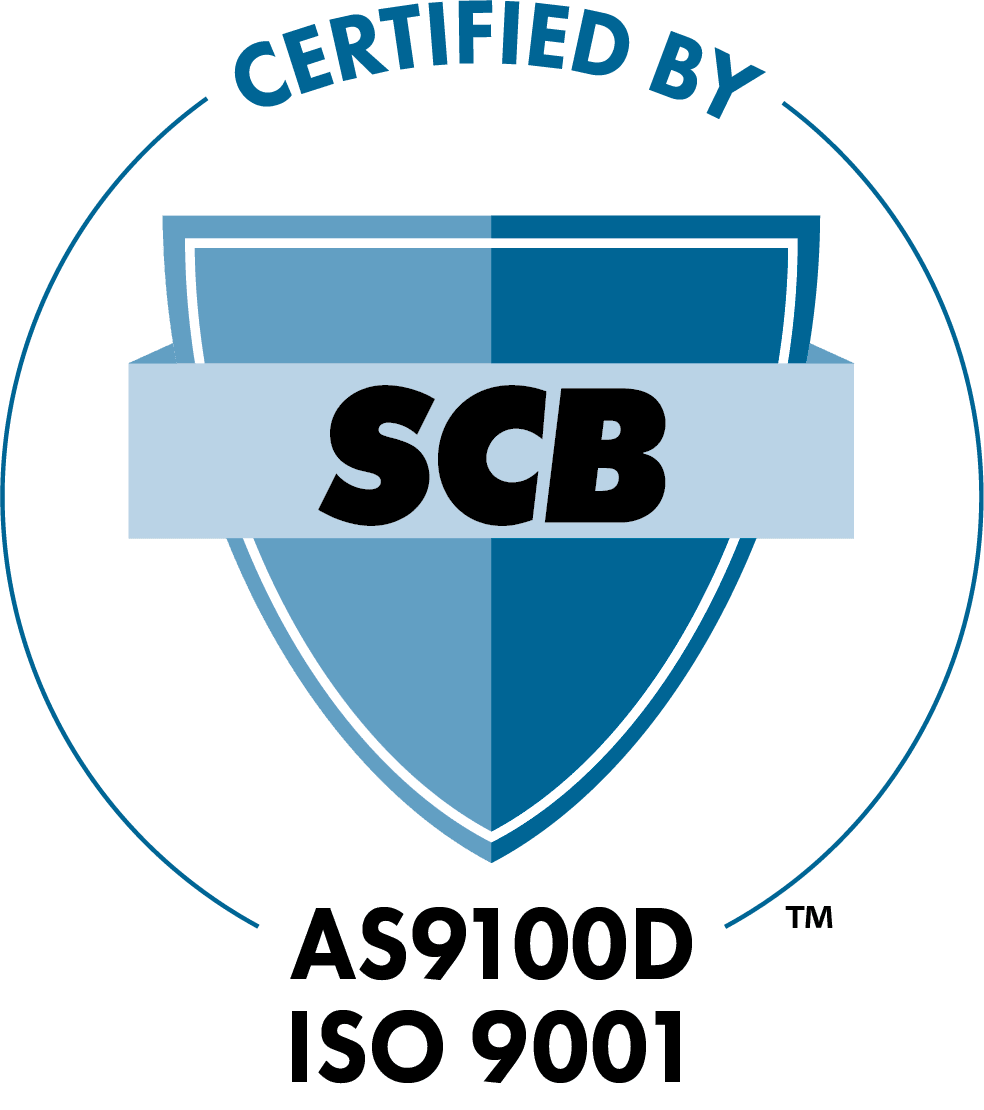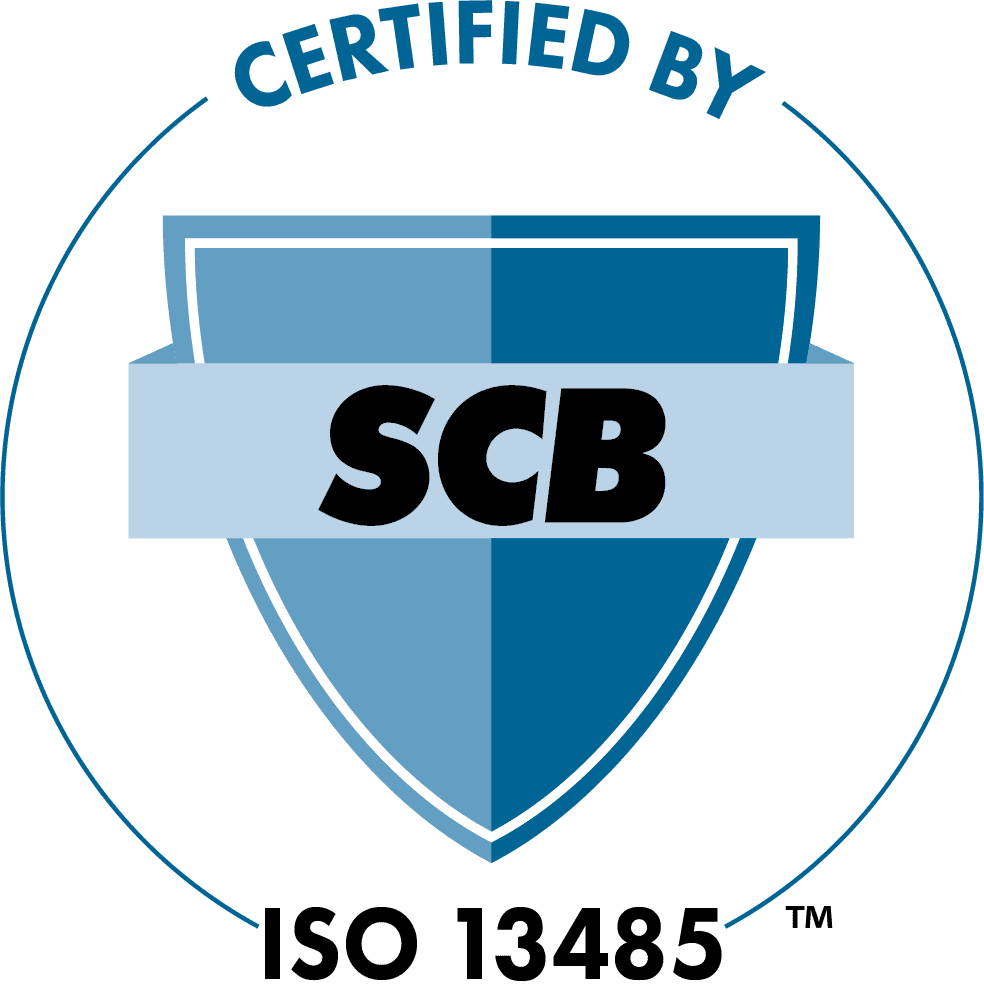Metal-to-plastic conversion – the process of replacing metal parts with plastic components in various applications – has gained popularity in many industries over the past several years, including the aerospace, medical, electronics, and consumer goods markets. Designed to reduce the overall weight of a product or part, lower production costs, and improve performance, it’s easy to see why metal-to-plastic conversion is an increasingly favored process. But deciding to replace your metal parts with plastic isn’t as simple as just swapping materials. It requires the careful consideration of many factors to determine if it meets the needs of your application requirements. Read on to learn more about the metal-to-plastic conversion process, including what it entails, its advantages, and how to know if it is the right choice for your application.
Why Metal-to-Plastic Conversion?
Designing with plastic offers many advantages. Because plastic yields a lower density, you’ll see a weight reduction when switching from metal. Plastic provides more design freedom, with the ability to use complex geometry in the design process. Additionally, plastic materials offer safety and a longer product life thanks to their impact-resistant, flame-resistant, and corrosion-resistant properties. Plastic also has an advantage when it comes to functionality and sound absorption.
One of metal-to-plastic conversion’s most prominent benefits is part consolidation. Any plastic component that doesn’t require movement relative to another part, doesn’t need a different material than other parts, and won’t impede further assembly or disassembly when merged with another part is a suitable candidate for elimination. Cutting down on the number of parts reduces secondary operations such as painting, assembly, and machining, leading to considerable cost savings.
Metal-to-plastic conversion also makes assembly easier. Of course, part reduction means fewer steps in the assembly process, but plastic also offers the ability to design parts with self-locating features, integral fasteners, and snap fits, eliminating reorientation and assembly adjustments.
Overall, metal-to-plastic conversion is primarily driven by system cost reduction. Taking advantage of part consolidation in a molded plastic part reduces part count, slashing labor and assembly costs while increasing product quality. Additional performance advantages such as weight reduction, impact improvement, and corrosion resistance are also big perks.
Is Metal-to-Plastic Conversion Right for You?
Interested in metal-to-plastic conversion but need help figuring out where or how to start? Before switching from metal to plastic for your next project, you need to evaluate the needs of your application. Critical considerations include thermal management, shielding, cold flow, chemical resistivity, and strength. A tear-down exercise can be helpful when attempting to understand your application, including a Design for Manufacturing and Assembly (DFMA) analysis if needed. Identifying candidate components for replacement based on prior experience, thinking of integration possibilities, and referencing the application requirements list for main properties (which often indicates a material direction) are all wise ideas as well, as is trying to estimate the amount of material needed and doing an initial cost estimate to judge economic feasibility.
There are also a few helpful “rules of thumb” to keep in mind when thinking about metal conversion:
- Metal assemblies: Many metal assemblies/fabrications can be replaced by a single plastic molding, offering the potential for cost savings.
- Thermoplastic molded parts vs. machined parts: If the part cost times volume is $50,000 or more, switching to plastics is a good idea.
- Cast metal: Aluminum or zinc die castings are an excellent target for plastics. Plastics are most competitive in colored, complex parts weighing less than one pound produced in runs of 150,000 or more or large, complex parts.
Conversion Process Selection
Once you’ve determined that metal-to-plastic conversion is a good fit for your application requirements, it’s time to consider which conversion process you’ll use.
There are four basic processes when working with metal:
- Machining (involves milling a part out of a solid block of metal)
- Press Forming (includes stamping, bending, and punching of steel sheets)
- Casting (the equivalent of injection molding)
- Extrusion (the process of shaping metal into a continuous profile)
Standard conversion processes when switching to plastic include:
- Injection Molding (including structural foam and gas-assist molding)
- Extrusion
- Compression Molding
- Thermoforming
- Blow Molding
Part size, shape, and complexity are significant things to consider when deciding on a process. Smaller, more intricate parts are more suited to injection molding, whereas larger, simpler parts are likely better for thermoforming or extrusion; compression molding and blow molding tend to fall in the midrange of part complexity and part size. You’ll also need to consider wall thickness, production quantity, surface appearance, material selection, and cost when deciding on the best process, balancing the advantages and disadvantages to fit your perfect fit.
Achieving Success with Metal-to-Plastic Conversion
Metal-to-plastic conversion is becoming increasingly popular across multiple industries due to the numerous benefits it offers, such as improved aesthetics and functionality and reduced costs and labor. But with so many factors to consider, from evaluating application requirements to selecting the appropriate plastic conversion process, making the switch to plastic can feel overwhelming. Fortunately, partnering with a manufacturer with extensive knowledge of plastic materials can ensure the success of your project. At Central Plastics, we have the experience and expertise you need to guide you on your metal-to-plastic journey, guaranteeing your project’s success. Eager to learn more or ready to kick-start your metal-to-plastic conversion project?






